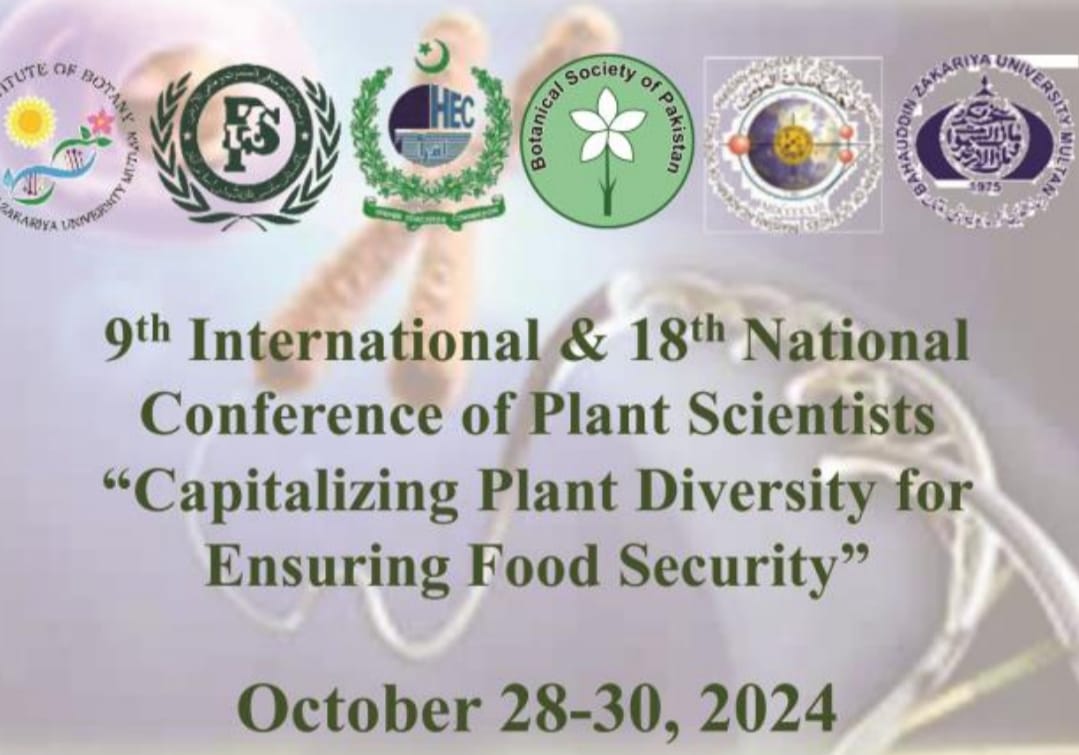
PJB-2016-46
KINETIC EVIDENCE OF A NOVEL INVERTASE IN AN ETHYL METHANE SULPLONATE DEREPRESSED MUTANT OF YARROWIA LIPOLYTICA
SIKANDER ALI1* AND MUHAMMAD UMAR HAYYAT2
Abstract
In the present study, we report on the kinetics of an extracellular invertase production by Yarrowia lipolytica in defined medium i.e., sucrose peptone agar yeast extract, pH 6 (SAPY). The wild-type IIB-II was treated with ethyl methane sulphonate (EMS) as a chemical mutagen. Among the six mutants isolated, EMS-IV was found to be the best enzyme producing mutant strain (51±2.4a U/ml). The maximum enzyme production (73±3.1a U/ml) occurred at 48 h of incubation (67±2.7a mg/ml protein). The potential mutant was stabilized at low levels of 2-deoxy-D-glucose (2dg) and the viable mutants were further optimized both culturally and nutritionally. The sucrose concentration, incubation period and pH were optimized to be 30 g/l, 28°C and 6.5, respectively. EMS-IV exhibited an improvement of over 10 folds in enzyme production when 5 g/l ammonium sulphate was used as a nitrogen source. Thin layer chromatography (TLC) and high performance liquid chromatography (HPLC) analysis showed that optimal enzyme activity caused a higher hydrolysis rate of sucrose into monosaccharides (a-D-glucose and b-D-fructose). The values for Qp (1.7±0.12c U/ml/h) and Yp/s (3.7±1.24b U/g) of the mutant were considerably higher in comparison to the wild-type or all other yeast strains. The mutant could be used for enzyme production over the temperature range of 26-34°C, which is highly significant (LSD 0.048, HS).
To Cite this article:
Download PDF


